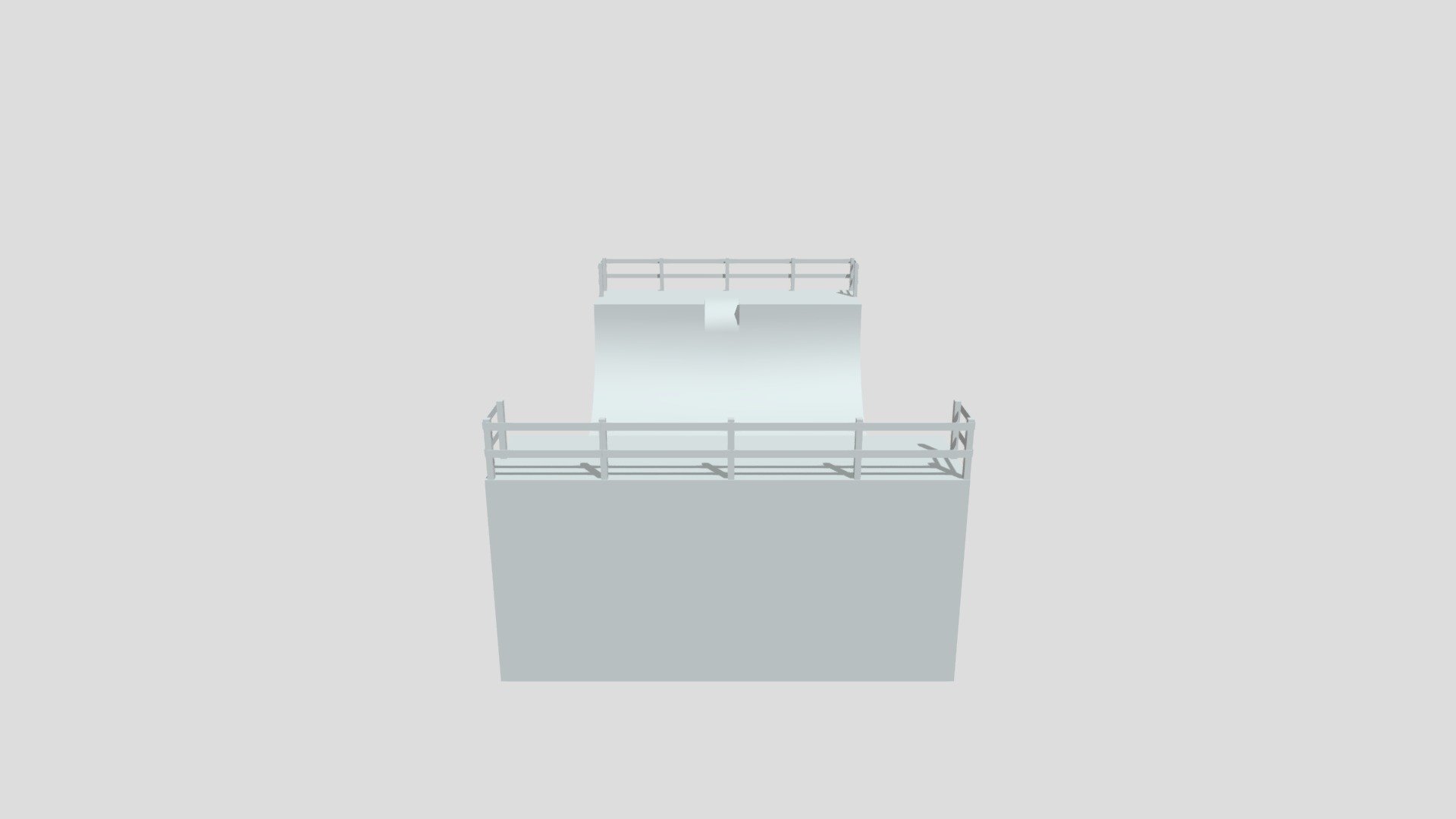
Halfpipe Model
sketchfab
The halfpipe model is a widely used framework for analyzing complex systems. This model was initially designed by researchers at McGill University to study the dynamics of fluids in narrow channels. The halfpipe configuration consists of two parallel walls that are perpendicular to each other and form an inverted V shape, creating a confined space between them. The fluid enters the system through one of the openings and flows downward under gravity's influence. As it moves through this channel, the fluid's velocity increases due to the decrease in cross-sectional area. The flow becomes increasingly turbulent as it approaches the narrowest point in the pipe. This turbulence creates chaotic behavior that is difficult to predict. To model the halfpipe system accurately, researchers use a combination of numerical methods and experimental data. They employ computational models to simulate the fluid's motion within the channel. These simulations help scientists understand how various parameters, such as viscosity, density, and surface tension, affect the flow characteristics. Researchers have applied the halfpipe model in numerous fields, including chemical engineering, environmental science, and biomedical research. The model has been used to study phenomena like mixing in microfluidic devices, dispersion of pollutants in rivers, and blood flow through capillaries.
With this file you will be able to print Halfpipe Model with your 3D printer. Click on the button and save the file on your computer to work, edit or customize your design. You can also find more 3D designs for printers on Halfpipe Model.
